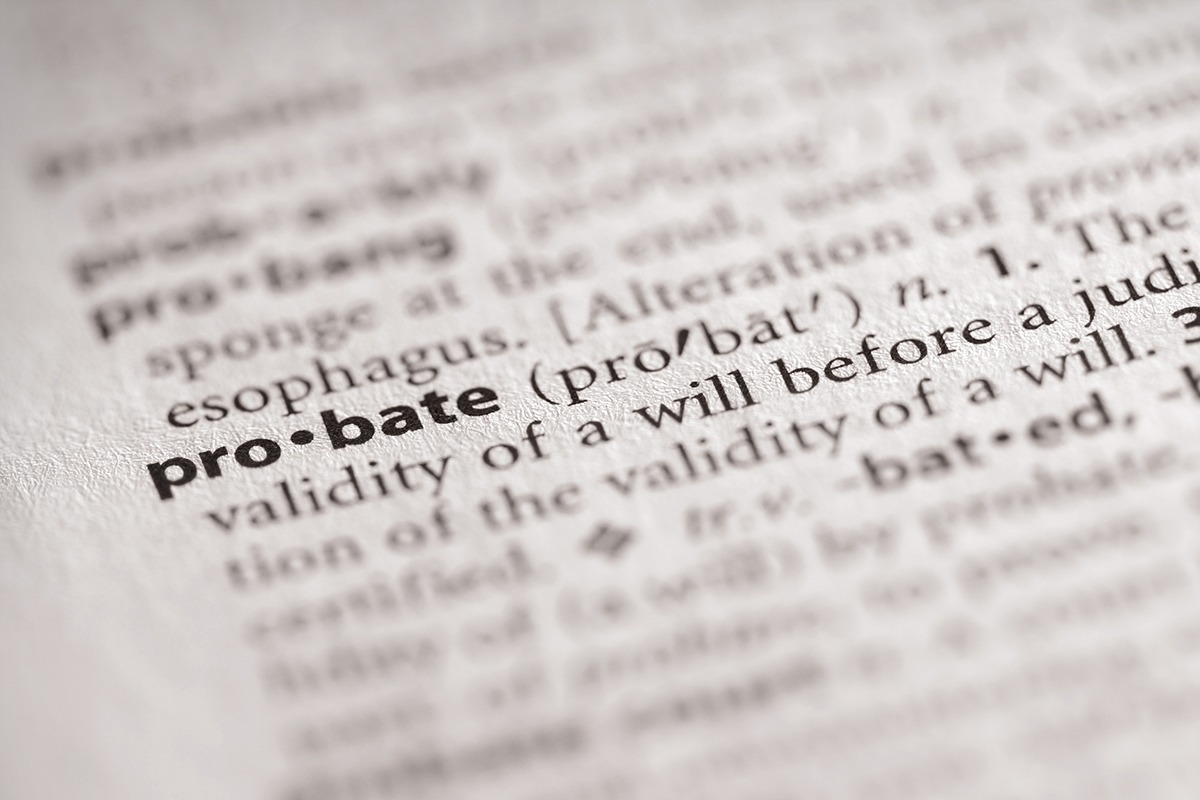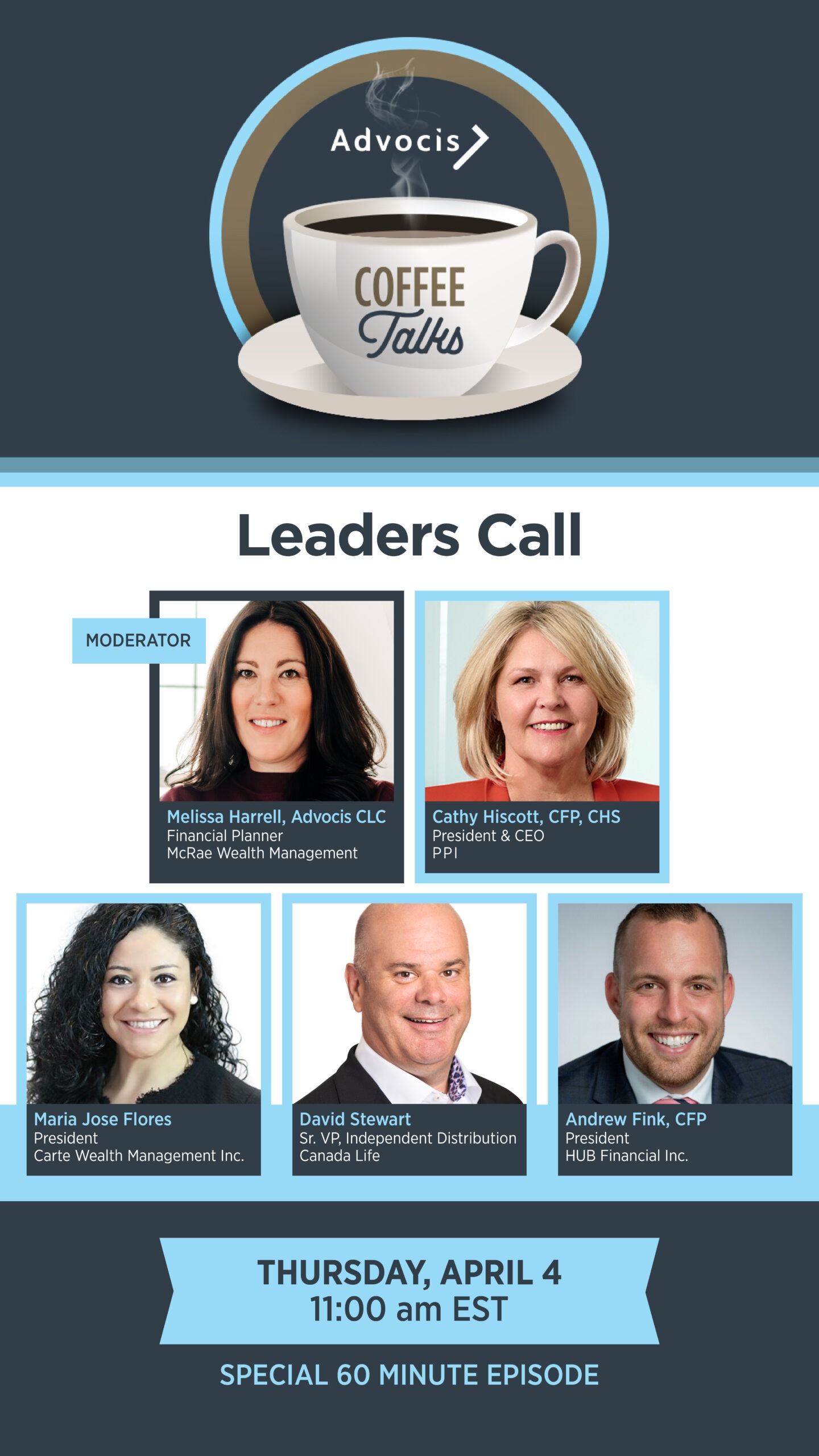(From the January 2022 Edition of eFORUM)
By Kevin Wark
The ongoing pandemic has caused many Canadians to take the initiative to contact a lawyer to draft/update their wills and other estate documents. Over the past two years, I’ve written several articles on some of the more important issues that should be considered when undertaking this important task. An equally important consideration for those who have been fortunate enough to accumulate some wealth over their lifetime is probate planning.
You might wonder, what is the difference between will planning and probate planning? While there is some overlap between the two, a person’s will sets out who will receive property from the estate and the will usually requires probate before any distributions take place. On the other hand, probate planning determines which property will ultimately be included in the estate and subject to the probate process. Shifting assets outside of the estate for probate purposes can provide a number of important benefits for the estate and its beneficiaries:
- The distribution of “non-probate” assets can take place before the will is probated (which in some urban regions can now take six months or longer to be finalized).
- Creditors of the estate cannot normally gain access to assets that fall outside the estate.
- A probated will is a public document — keeping assets outside of probate provides more confidentiality for those gifts.
- Transferring assets outside a probated will can reduce administrative expenses, as well as probate fees and taxes, which can be as much as 1.5% of an estate’s value in British Columbia, Ontario, and Nova Scotia.
There are a number of different strategies for removing assets from an estate for probate purposes. We will start with those that are relatively easy to accomplish and with little cost involved, and then discuss some other strategies with more complexity and associated costs. In many situations the assistance of a professional advisor is recommended before proceeding.
Life insurance: If there is a named beneficiary under a life insurance policy (other than the deceased’s estate) the proceeds will flow directly to that beneficiary outside of the estate on a tax-free basis. The appointment of contingent beneficiaries will ensure the insurance continues to flow outside the estate if the primary beneficiary predeceases the life insured.
Registered plan designations: Similarly, the designation of a beneficiary under an RRSP, RRIF, or TFSA will generally permit the proceeds of the plan to be paid directly to the named beneficiary and avoid probate. However, the tax treatment of the distribution will depend on the type of plan as well as who is receiving the benefit and could end up being a liability of the estate. Again, contingent beneficiaries should be considered to protect the plan’s proceeds from probate in the event the primary beneficiary predeceases the plan owner.
Successor ownership: Certain insurance products can continue in be in force after the death of the policyholder. For example, if a parent owns a life insurance policy on the life of a child, the parent may want the child to assume ownership of that policy on the parent’s death. Appointing the child as a successor owner under the contract (or by written declaration) will result in the policy directly transferring to the ownership of the child on the parent’s death, and also qualifies for a tax-free rollover under the life insurance disposition rules.
Gifting of property: Older and/or wealthier individuals may decide to accelerate gifts that would otherwise pass under their wills to family members. Gifts to adult children need to be carefully documented to avoid possible family disputes. The tax consequences associated with making the gift (including the possible application of the income attribution rules) should also be reviewed in advance of finalizing the gift.
Joint ownership: The co-ownership of property by two individuals with rights of survivorship results in the surviving joint owner having full ownership of the property on the death of the other joint owner. Joint ownership of property by spouses can work very well but raises a number of potentially thorny issues (and is the subject of much litigation) where joint ownership is between a parent and an adult child. There can also be legal and tax costs associated with transferring property into joint ownership that should first be reviewed with the client’s professional advisors.
Transferring the property into a trust: Family trusts are often implemented where the parents own shares of a private corporation. The trust will typically be issued common shares as part of an estate freeze implemented by the parents. Those shares are entitled to the future growth of the business and will not form part of the parents’ estate. Alter ego/joint partner trusts are another type of trust that are subject to certain restrictions on distributions of income and capital, in return for several tax benefits. For example, property can be transferred into such trusts on a rollover basis by the settlor, and such trusts are not subject to the 21-year deemed disposition rule applicable to other types of trusts. Assets owned by these trusts are also not subject to probate.
Secondary wills: British Columbia and Ontario recognize the use of “secondary wills.” A secondary will is used to govern assets that don’t normally require probate to be distributed to beneficiaries, such as shares in private corporations and personal property. The person will also have a primary will that deals with all other property that requires probate. Careful co-ordination of the terms and provisions between the two wills is important to avoid one revoking or conflicting with the other.
As is evident from this discussion, while having an up-to-date will is extremely important, there are a number of other planning options that may facilitate the distribution of property to family members in the most cost-effective manner. Having a high-level understanding of the various probate planning strategies (and related pros and cons) can be very useful in helping guide your clients through this process.
Kevin Wark, LLB, CLU, TEP, is the author of The Essential Canadian Guide to Estate Planning, 2nd Edition. He can be reached at kwark@integratedestate.ca.








